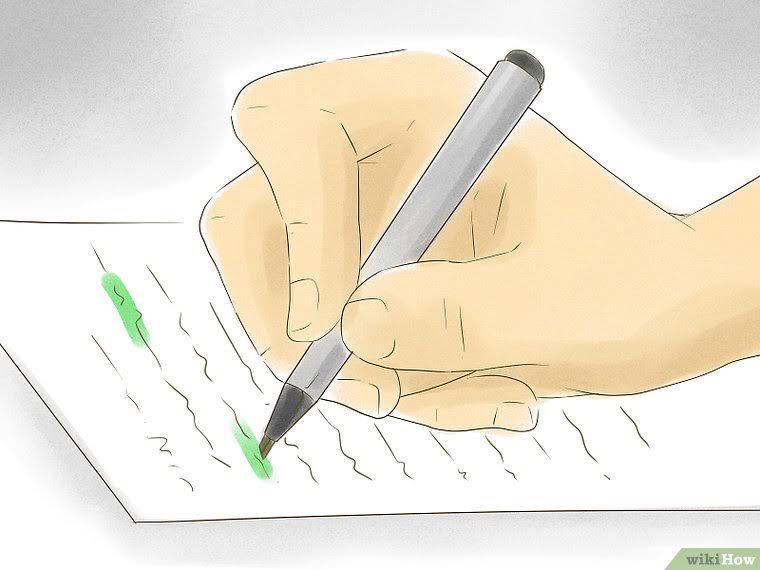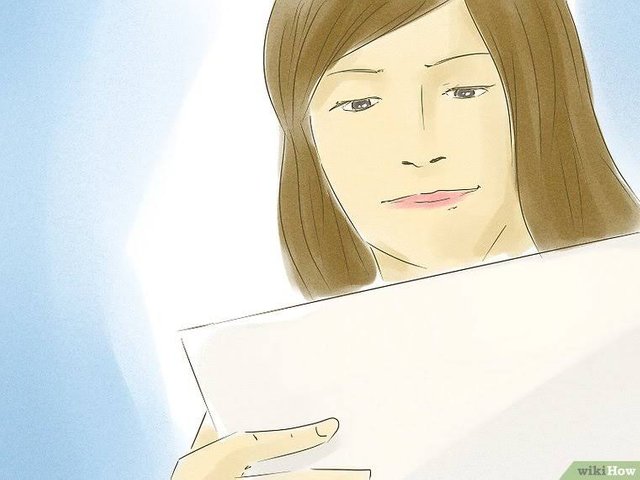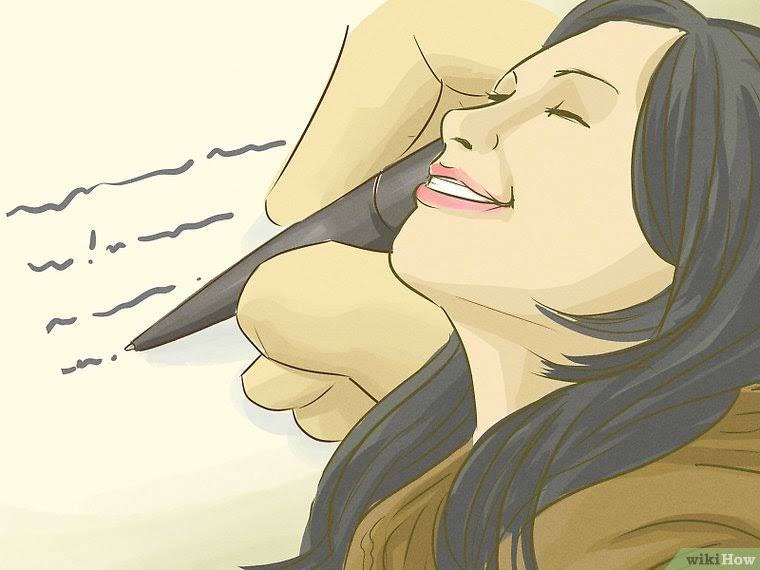How to Write a Great Short Story in steemit for beginners and gurus
Have you ever read a story and thought, "Wow, I wish I could do that!"? Well, you can. Follow the steps below and you will see that anyone can write an awesome short story!

1
Read a short story or two, or three. Some examples: The Lady and the Tiger, The Confidence Game, The Emperor's New Clothes.
2
Identify components like the climax, main character, and conflict while reading. This will boost your knowledge in short stories.
3
Think of a main character,conflict, climax, setting. Using worksheets or just thinking a lot about your story is good.
Advertisement
Part Two of Five:
Starting the Story
1
Start with a catchy beginning, but don't get deep into detail and action. When you just hint and foreshadow, it keeps the audience on the edge of their seats. Make sure that as you go, start sprinkling in more hints, and start adding good detail about small features of the main character. Like this:Her aquamarine eyes glittered like brilliantly shined gemstones in the shadowy half-light.
2
Write the exposition of the story. That's when characters are introduced and setting is introduced. Short stories usually follow the format in these steps.
Advertisement
Part Three of Five:
Writing the Main Part of the Story
1
Transition to writing the rising action. Think about the climax while you write it.
2
Put plenty of juice in your writing. Readers love details. But don't go overboard. If you go down to the very fibers that make up the rotting rug in the old shack, then your audience will think you're trying too hard to impress them.
3
Don't have your story go on forever. You lose your readers, and that's not good for you or them. Have your story be about five or six pages long. Think of it from the audience's perspective, and cut out some of the extra details, like a couple of details describing something of the past, or of the present scene.
Advertisement
Part Four of Five:
Finalizing the Story
1
Write the climax. Make your climax dramatic and interesting. It should be the turning point in your story!
2
Continue with the falling action. This should consist of only a few, less dramatic events.
3
Write your conclusion/resolution. This should tie up all loose ends, or at least leave the reader happy!
Advertisement
Part Five of Five:
Reviewing the Story
1
Let family/friends/teachers read and edit your writing. Listen to all constructive criticism.
2
Read your story often to ensure it is how you want it to be.
3
Type up a final copy. Show it off to everyone!

